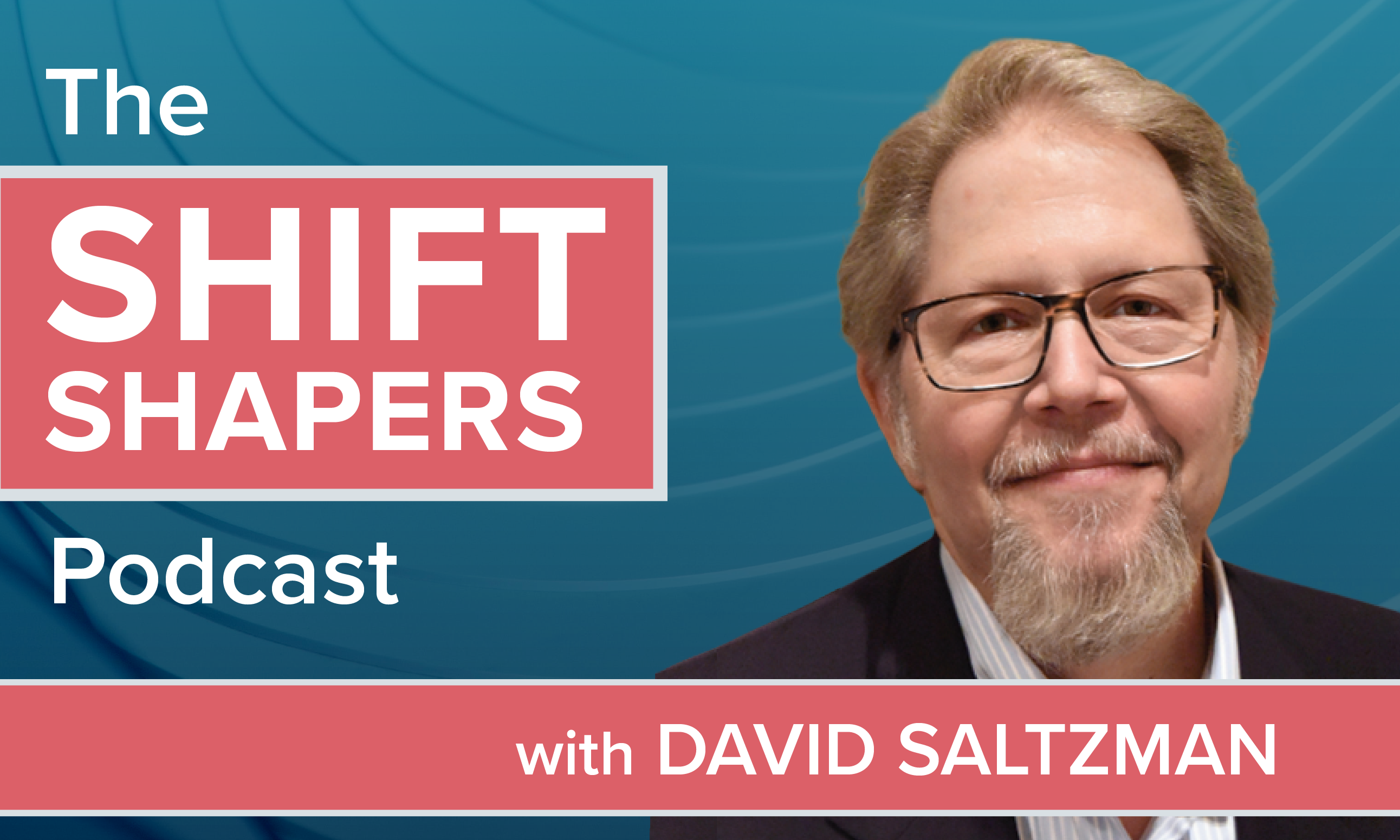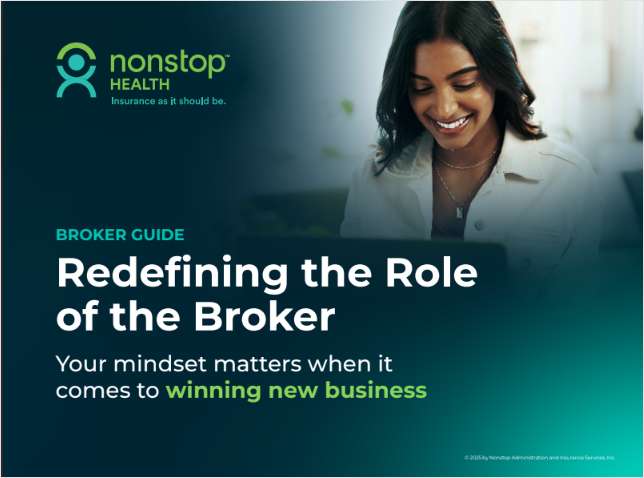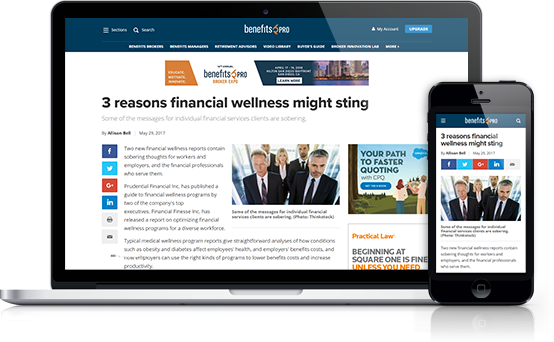 Mental health has emerged as a public health threat in the United States, and it's difficult to find a person today who has not been impacted in one form or another. A recent CNN/Kaiser Family Foundation poll found that 90% of Americans feel we are in a mental health crisis. This crisis is manifesting itself in our workforce, with an American Psychological Association survey noting nearly 80% of U.S. employees experienced some form of work-related stress in the prior month.
Mental health has emerged as a public health threat in the United States, and it's difficult to find a person today who has not been impacted in one form or another. A recent CNN/Kaiser Family Foundation poll found that 90% of Americans feel we are in a mental health crisis. This crisis is manifesting itself in our workforce, with an American Psychological Association survey noting nearly 80% of U.S. employees experienced some form of work-related stress in the prior month.
Fortunately, employers are well-positioned to play a crucial role in assessing, promoting, and protecting employee mental health while adhering to the highest standards of confidentiality and data privacy. And you, as a trusted advisor, are in a unique position to equip them with tools to integrate mental health into employee benefits programs. Here are some considerations.
|Use of mental health assessments
A group of my colleagues from the Health Enhancement Research Organization (HERO) recently published research demonstrating how readily available assessments can help identify mental health conditions associated with employee attrition, absenteeism, and presenteeism. These assessments can also be used to gain psychosocial/mental health data that can be used to refine and adjust an existing benefits program and evaluate the impact of current program initiatives.
Mental health assessments are a key first step in protecting employee mental health, which is good for their overall health and wellbeing and also good for business. Improved mental health has been shown to increase employee productivity and engagement levels and can help with attracting and retaining employees. In fact, data from the 2022 American Psychological Association's (APA) Work and Wellbeing Survey revealed that 81% of workers agree that support for mental health is a deciding factor in looking for future work.
|Alignment with existing corporate well-being programs and EAPs
My colleagues' research also emphasized the importance of ensuring that insight gained from employee mental health assessments be aligned with existing benefits programs and ancillary programs, such as Employee Assistance Programs (EAPs). EAPs, according to the research, have proven to be useful in driving the mental health component of an overall employee benefits program. In addition to containing valuable mental health and wellbeing data, EAPs often use their own assessments to provide program recommendations. For example, 1 in 4 EAPs use a research-validated measure for work outcomes, such as the Work Limitations Questionnaire (WLQ) or the Stanford Presenteeism Scale (SPS).
|Need for ongoing employee communications
Employers should be communicating with employees about their benefits program on an ongoing basis to ensure understanding and effective use. You can remind your employer clients that employees want to hear from them. A recent Voya Financial survey indicated that 65% of U.S. employees find receiving more information from their employer outside of open enrollment helpful in better understanding their benefit options. Ongoing employee communications can also help with reiterating steps being taken to protect employee privacy.
|Gauging program effectiveness through measurement and benchmarking
In this age of ever-increasing programs and costs, employers seek proof that their benefits program works. You can help by recommending your client focus on value on investment (VOI), which speaks to the broader implications of workplace wellbeing and its effects on the overall tone, culture and impact of an organization.
Recommended For You
Complete your profile to continue reading and get FREE access to BenefitsPRO, part of your ALM digital membership.
Your access to unlimited BenefitsPRO content isn’t changing.
Once you are an ALM digital member, you’ll receive:
- Breaking benefits news and analysis, on-site and via our newsletters and custom alerts
- Educational webcasts, white papers, and ebooks from industry thought leaders
- Critical converage of the property casualty insurance and financial advisory markets on our other ALM sites, PropertyCasualty360 and ThinkAdvisor
Already have an account? Sign In Now
© 2025 ALM Global, LLC, All Rights Reserved. Request academic re-use from www.copyright.com. All other uses, submit a request to [email protected]. For more information visit Asset & Logo Licensing.








